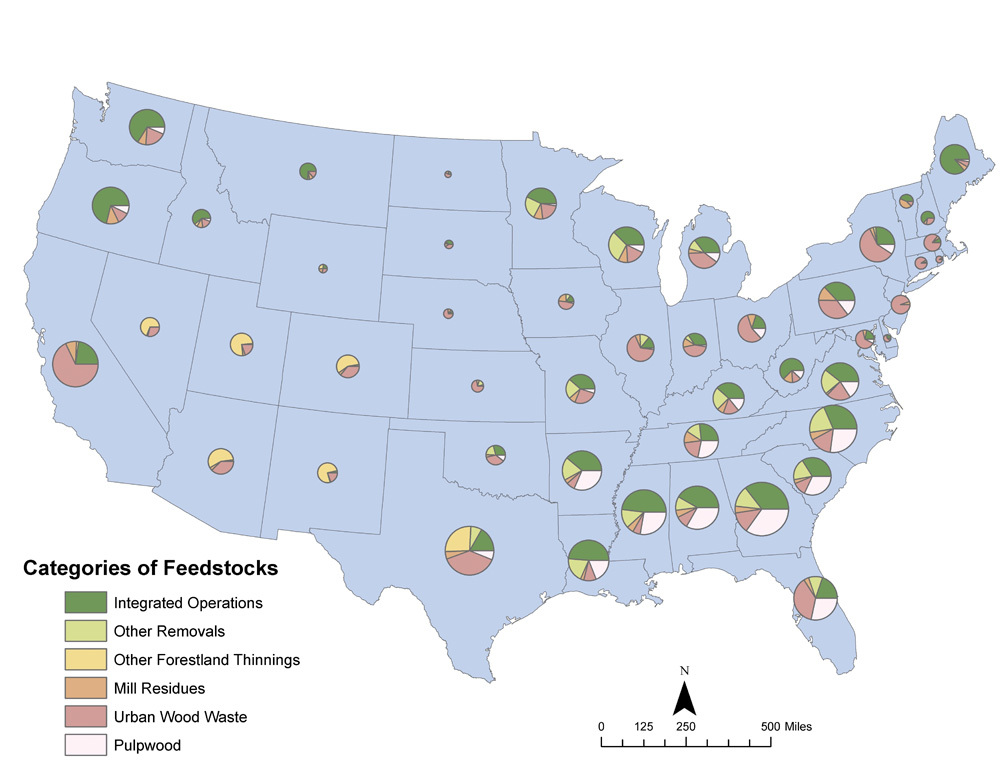Billion-Ton Revisited




SOURCE: U.S. DOE
November 1, 2011
BY Matt Soberg
Advertisement
Advertisement
Related Stories
PowerWood Canada Corp. on Nov. 3 announced it is progressing with plans to build two facilities in Northern Alberta which will convert forest fire deadwood into biofuel used to replace coal in Japanese power plants.
Anaergia Inc., through its subsidiary, Anaergia S.r.l., entered into a joint venture (JV) with Tozzi Sud and Isolmec Group to build a new anaerobic digestion facility for BioHold in Basilicata, southern Italy.
The U.S. EPA has announced the agency will no longer update program content associated with its Burn Wise program, effective Oct. 30, 2025. The implementation of indoor air woodstove program initiatives is not expected to be impacted.
Clean Energy Fuels Corp. announced a series of new agreements with customers across the country expanding their use of ultraclean, affordable renewable natural gas (RNG). The company also grew its customer base for bulk liquefied natural gas (LNG).
Australia Department of Defence’s Pacific Support Vessel, ADV Reliant, has achieved a major milestone in strengthening the nations fuel resilience by refueling with renewable diesel for the first time.





